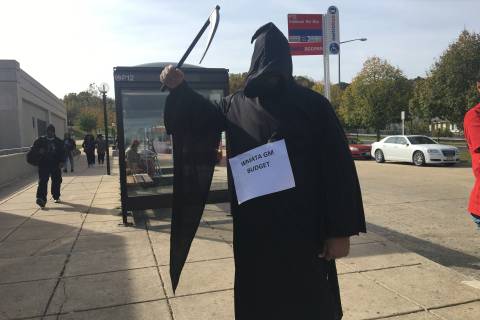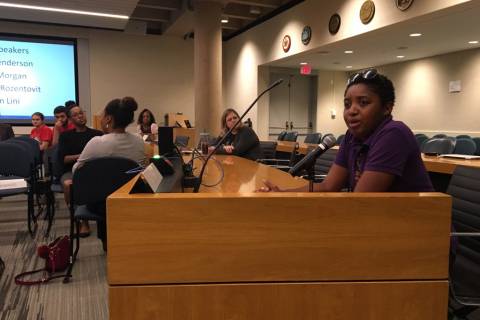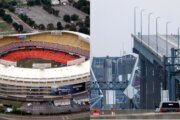WASHINGTON — The proposal to run Metro trains less frequently and raise fares also assumes that the system will cut back hours, Metro General Manager Paul Wiedefeld said.
He told WTOP that the financial impact of cutting trains late at night or on weekends was not the primary driver of his request for the system to run eight fewer hours each week, but that the cuts, which are still yet to be fully debated by the Metro board, are included in his budget proposal he will formally present Thursday.
“Those hours were not done from a budgetary standpoint. Those were from the basic — we have not set aside the time to maintain this system, so we have been going in and doing quick repairs, urgent repairs, and that’s not the way to run the business,” he said.
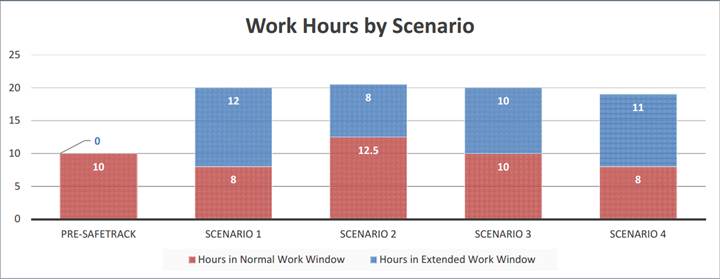
For the first time this week, Metro staff are beginning to explain what impact the various service hours cut proposals could have on the work Metro can actually get done.
“We will be much more efficient, I do know that, because we will have people out there working longer stretches, so that is a good thing,” Wiedefeld said.
Under his initial plan, which would close the system at midnight on Fridays and Saturdays and 10 p.m. on Sundays, Metro would have 12 hours of work in longer periods than the system has currently, and 8 hours of work in shorter weeknight work zones.
The other proposals provide similar hours, but with varying degrees of efficiency.
A presentation prepared for the Metro board this week argues that some type of cut is needed, in part because other changes that would get more work done in existing work periods could take up to three years to implement due to safety requirements.
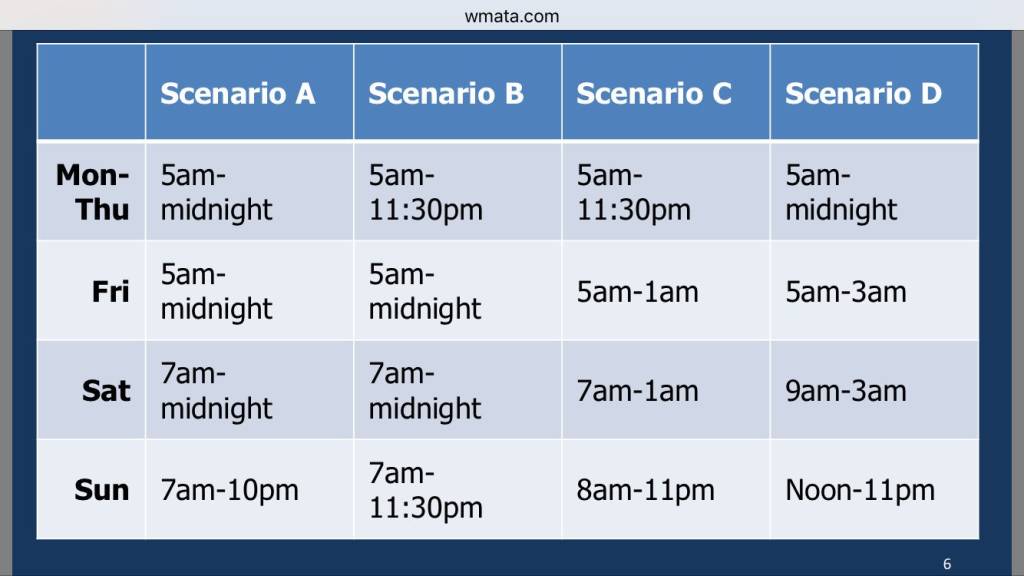
“Why is more time needed,” one slide asks. “To avoid SafeTrack 2.0.”
A major argument for the hours cuts included in the presentation is the large impact that shutdowns of key downtown stations can have on nights and weekends, since work on Blue, Orange or Silver Line stations downtown could cut service up to 85 percent.
The presentation promises that additional work to maintain tracks could cut infrastructure-related delays on Metro in half.
“We have to get this on a cycle where we maintain it, which then promotes the reliability,” Wiedefeld said.
The work would include support for tracks and switches, joints, power cable and stray current testing, quality control and basic required work such as drain clearing and ensuring that emergency boxes, tunnel lights, fire extinguishers and emergency exit paths are in working order.
While cutting down on track- and power-related single-tracking and speed restrictions could have a big impact, most Metro delays are caused by problems with rail cars.
The presentation does not address how much of this work Metro could get done under existing hours, now that Metro leaders have made it a priority.
Metro is getting more capital improvements done this year, largely due to round-the-clock track work and a surprising increase in the number of new rail cars that are being delivered.
The Metro board is set to move Thursday to increase the capital budget to account for 20 new 7000 Series rail cars arriving each month, up from the previously wished-for high end of 16 each month.

